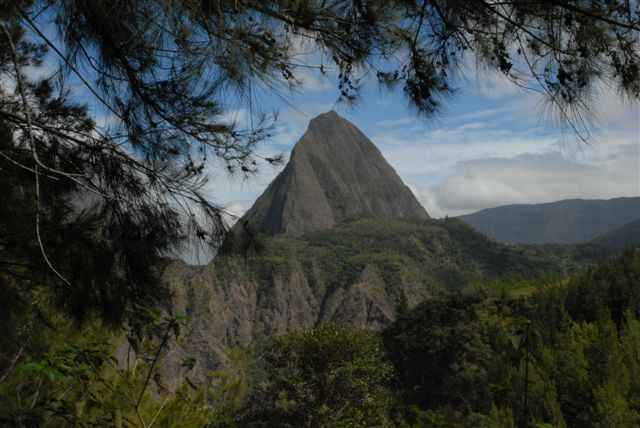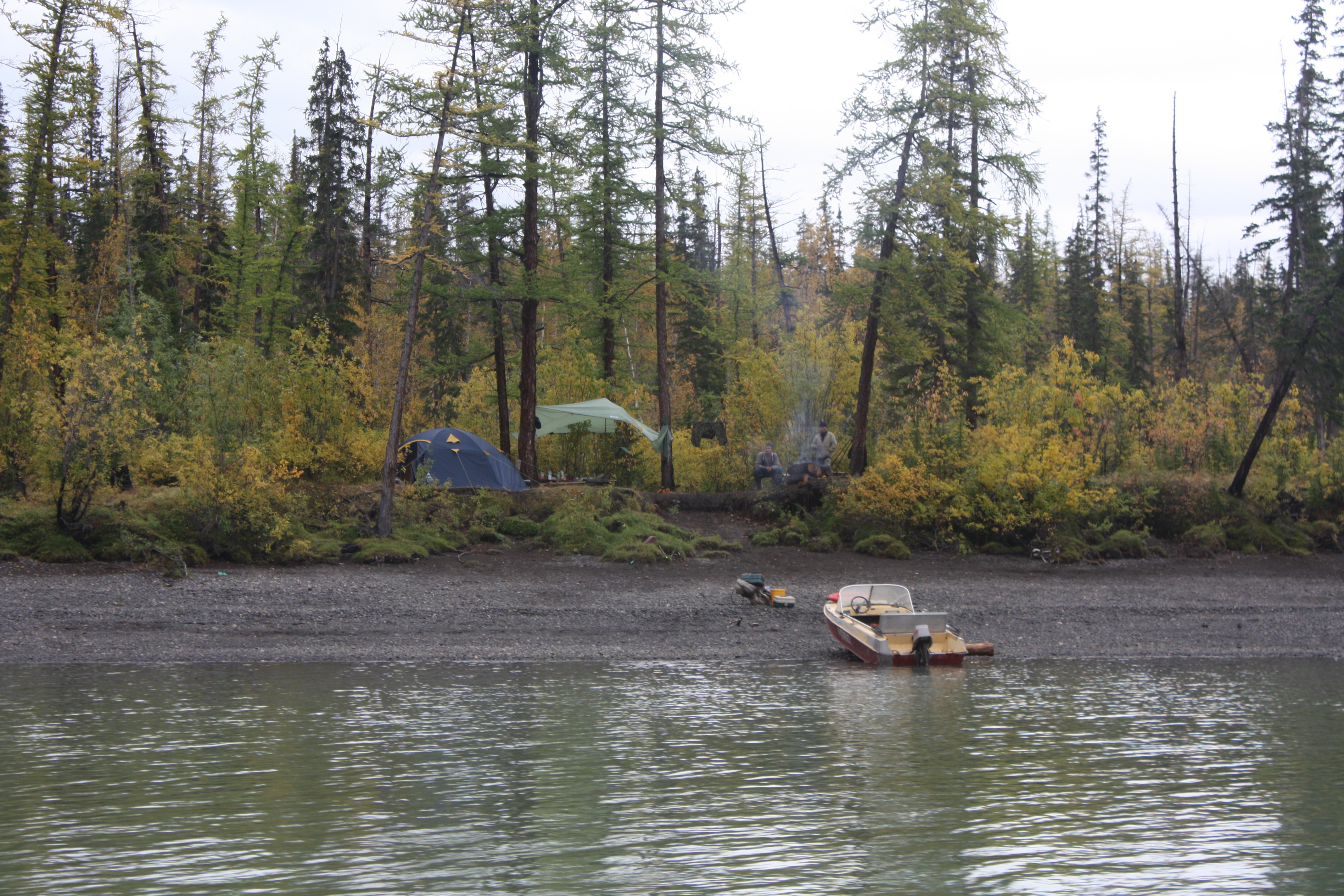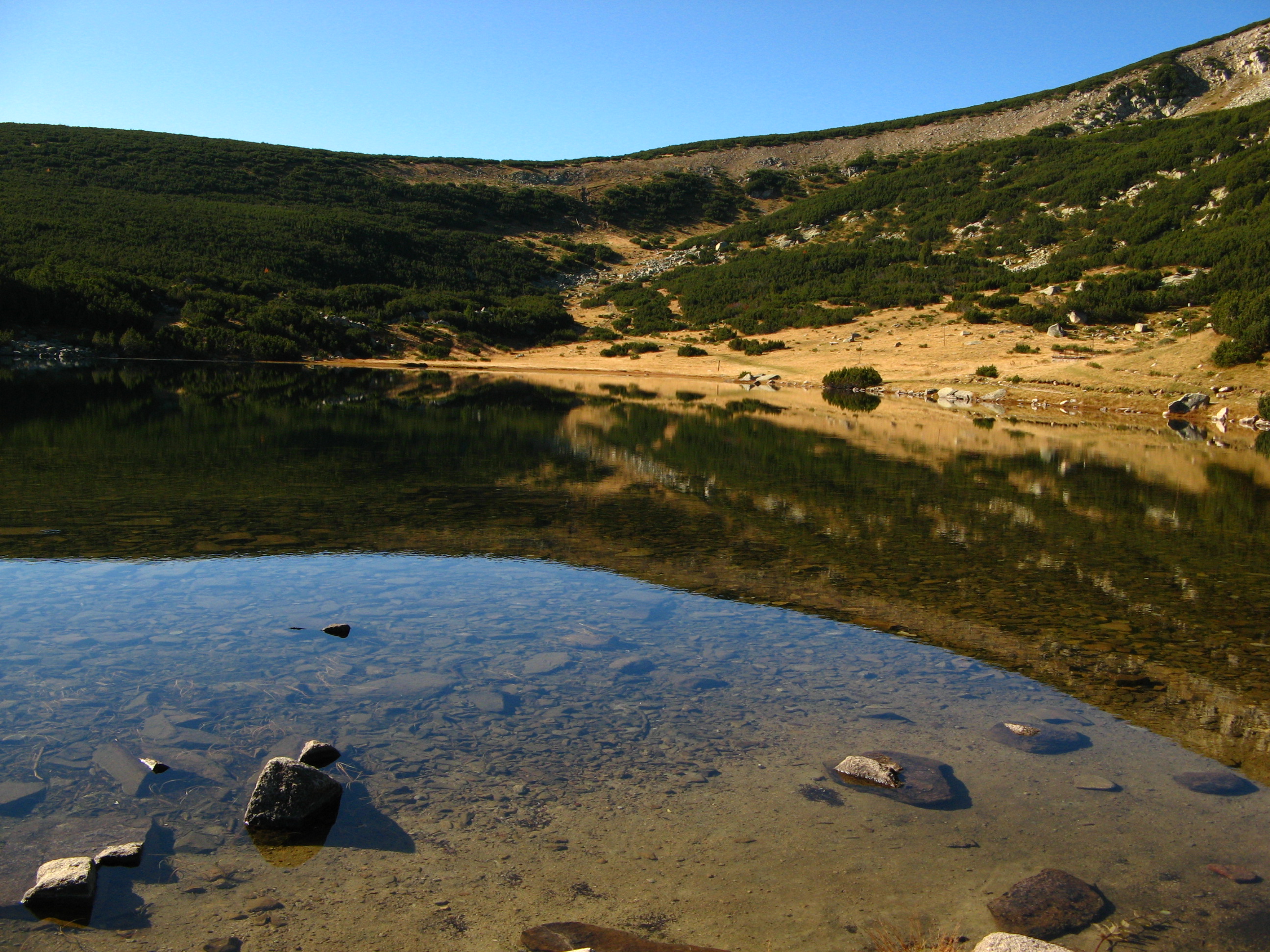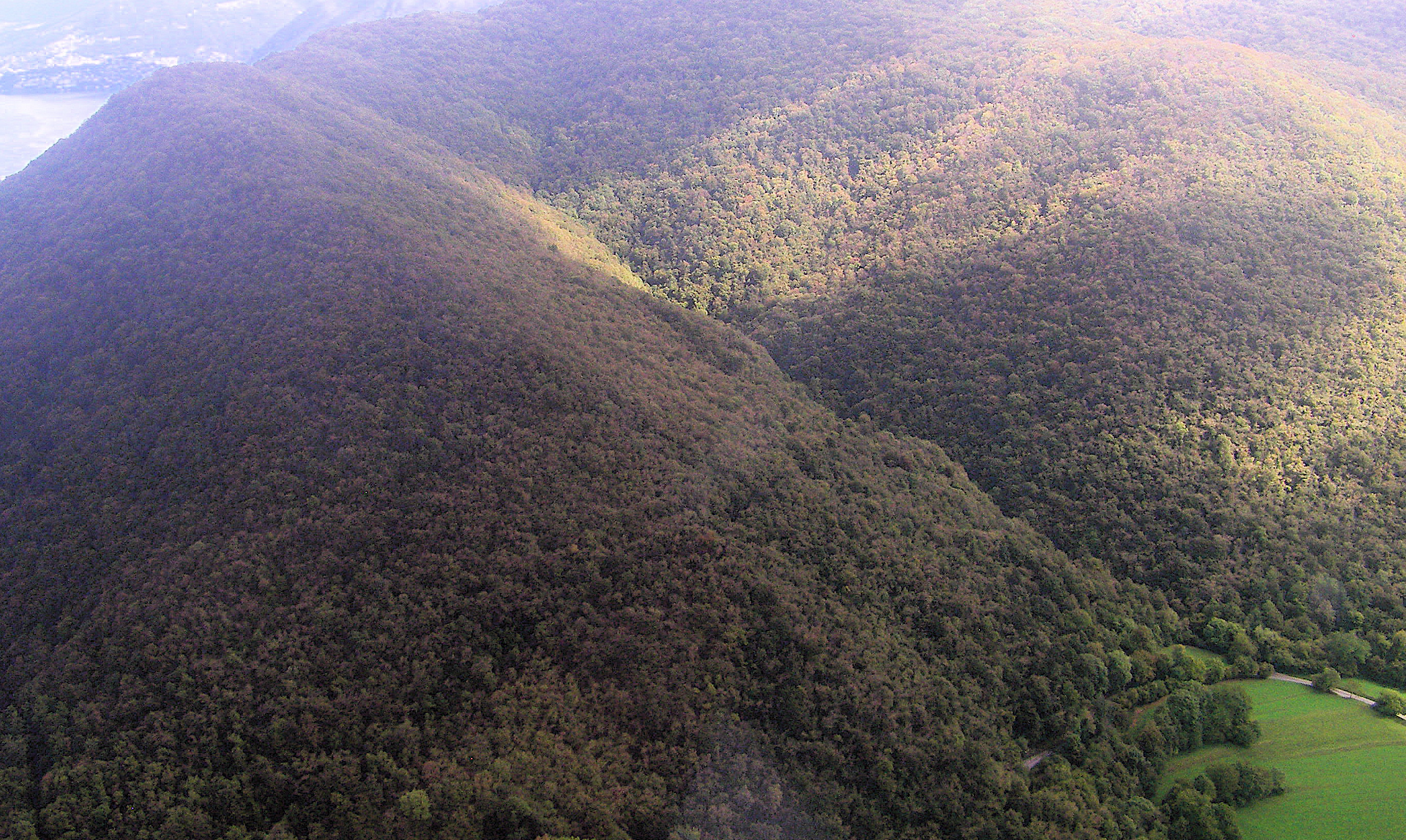New natural jewels on the World Heritage crown
Following IUCN’s recommendations, the landscapes of France’s La Reunion Island, Russia’s Siberian Putorana Plateau and the Phoenix Islands Protected Areas of Kiribati have been added to the List of Natural World Heritage sites by UNESCO. The Committee also decided to add Danxia (China) to the List.
Two other natural sites were extended upon IUCN’s advice: Monte San Giorgio, from Switzerland to Italy, and Pirin National Park in Bulgaria.
Reunion Island contains the most significant remaining natural habitats for the conservation of terrestrial biodiversity in the Mascarene Island Archipelago, including a range of rare forest type. Towering volcanoes, including steep rock walls and natural amphitheatres, as well as deep forested gorges and escarpments form dramatic scenery of striking beauty.
“La Reunion contains an impressive mosaic of dramatic landscapes and very valuable ecosystems and also serves as a last refuge for the many threatened and endangered species on the entire Mascarene Archipelago,” says Tim Badman, Head of IUCN’s World Heritage Programme. “Controlling alien invasive species will be an ongoing challenge in the management of this property."
Russia’s Putorana Plateau represents one of the only centres of plant species richness in the Arctic. The striking natural beauty of Putorana Plateau includes more than 25,000 fjord-like lakes, dozens of deep canyons, rivers and creeks, and thousands of waterfalls.
“The combination of extraordinary landscape diversity, remoteness and naturalness makes the Putorana Plateau one of the truly wild places remaining in the Arctic at a time of increasing pressure on this fascinating region,” says Badman. “World Heritage status not only provides a strong and permanent conservation framework but there’s a great opportunity to better understand the impacts of climate change in large undisturbed arctic ecosystems.”
Kiribati’s Phoenix Islands Protected Area is one of the largest marine environments in the world that has remained intact thanks to its remoteness.
“The Phoenix Island’s exceptionally healthy populations of fish, turtles and its bleaching-resistant corals deserve the highest degree of protection,” says Tilman Jaeger, IUCN World Heritage Project Management Officer. “Continued international support to Kiribati for the management of the site will be vital to guarantee its conservation.”
Monte San Giorgio is the single best known fossil record of marine life in the Triassic period (245-230 million years ago) and comprises important remains of life on land as well. Vast amounts and diversity of fossils, many exceptionally complete and detailed, have been excavated in Monte San Giorgio.
“Monte San Giorgio is an exceptional place for paleontological research,” says Jaeger. “This extension into Italy adds new value to the existing Swiss area, and reinforces this World Heritage Site as the principal global point of reference for future discoveries of marine Triassic remains.”
An area of exceptional beauty, the diverse mountain landscapes of Pirin National Park contain a number of important endemic and relict species.
“Pirin is a wonderful example of a diverse mountain landscape,” adds Jaeger. "There is a need to balance tourism and conservation and our advice is a clear message that there are ways to achieve this balance but also that some forms of tourism development are incompatible with World Heritage status.”
For more information or to set up interviews, please contact:
Brian Thomson IUCN Media Manager, m. +55 61 8219 4408 e brian.thomson@iucn.org
Photos (audio/video material) are available at/from: https://www.iucn.org/knowledge/news/focus/2010_worldheritage
List of new natural World Heritage Sites
• Pitons, cirques et ramparts de l’Ile de la Réunion Island (France)
• Putorana Plateau (Russian Federation)
• Phoenix Islands Protected Areas (Kiribati)
• China Danxia (China)
• Central Highlands of Sri Lanka (Sri Lanka)
• Papahānaumokuākea Marine National Monument (Hawai’i, USA)
List of new extensions of inscribed World Heritage Sites
• Monte San Giorgio (Switzerland & Italy)
• Pirin National Park (Bulgaria)







